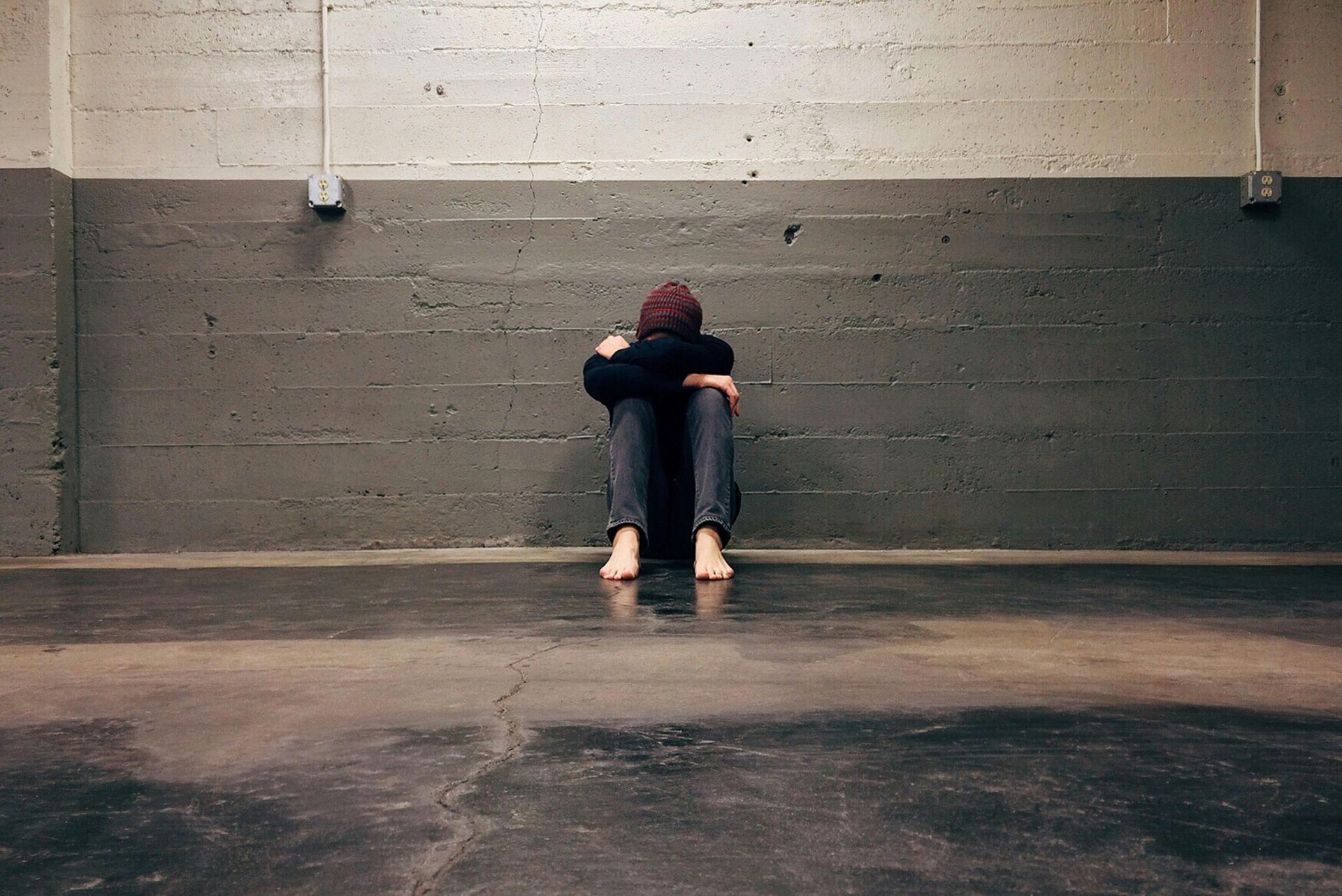By Stephanie Strouth
•
November 12, 2025
First, I’d like to thank the organizers of the Crimes Against Children Conference in Virginia Beach for the opportunity to speak on such an important and sensitive topic. During the session, we focused on understanding and supporting non-offending spouses when a child abuse case comes to light. Because time was limited, this post offers additional guidance for service providers including investigators, therapists, victim-witness advocates, attorneys, clergy, case managers, and other allied professionals on how to respond in a way that minimizes harm and promotes recovery. When a parent or spouse is revealed to have abused a child, the non-offending partner often experiences profound shock, grief, betrayal, and social isolation. How we as professionals respond in those early days can dramatically affect that person’s ability to stabilize, support their children, and engage safely with the investigative and healing process. We acknowledge each case is unique in its presentation, so great care must be taken to approach as sensitively as possible. These tips help prevent assumptions, give people space to feel heard, and allow for greater collaboration. For Investigators Primary Goal: Minimize secondary trauma while obtaining accurate, relevant information. Use trauma-informed interviewing. Avoid accusatory tones (“How could you not know?”) and instead ask neutral, factual questions (“Can you walk me through when you first became aware of…?”). Acknowledge shock and betrayal. A simple statement like “I know this is overwhelming” helps humanize law enforcement contact. Explain the process and rights clearly. Outline what to expect, how long investigations typically take, and what information can or cannot be shared. Coordinate early with victim-witness staff. Early referral can reduce confusion and panic. Avoid information overload. Share only what is necessary for cooperation; unnecessary graphic details can retraumatize. For Therapists Primary Goal: Provide stabilization, trauma recovery, and parenting support. Assess for trauma responses and self-blame. Validate that manipulation and grooming can deceive even highly perceptive partners. Focus on safety and grounding first. Stabilization skills should precede deeper trauma processing. Support parenting identity. Help the spouse rebuild trust with their children and navigate difficult conversations (“Did you know?”). Collaborate with other systems. With consent, coordinate with investigators or attorneys to ensure therapy aligns with safety planning. Avoid pathologizing coping mechanisms. Dissociation or “function mode” may be protective early on; normalize this. For Victim-Witness Advocates Primary Goal: Bridge emotional support and system navigation. Offer one consistent point of contact. Continuity helps reduce chaos when multiple agencies are involved. Provide step-by-step guidance. Clarify court dates, victim compensation options, and safety planning. Validate complex grief . The spouse may grieve both the loss of their partner and the loss of the life they thought they had. Screen for financial or housing instability. Link to community resources early if there was financial dependence on the offender. Facilitate peer connection. Introduce survivor groups for non-offending family members to reduce isolation. For Lawyers (Defense, Family, GAL's, or Victim-Side) Primary Goal: Protect legal interests while minimizing harm. Separate the spouse’s role from the offender’s. Make clear that cooperation does not equal complicity. Explain rights and obligations. Clarify issues around mandatory reporting, marital privilege, and child custody. Advocate for safe parenting plans. Request supervised visitation or trauma-informed custody evaluations when appropriate. Coordinate with mental health professionals. Align legal advice with therapeutic safety plans. Use plain language. Legal jargon can heighten anxiety; clarity builds trust. Additional Service Providers This may include social workers, clergy, case managers, medical providers, and educators who encounter non-offending spouses during or after a disclosure. Listen without judgment. Many will have been manipulated by the offender and may be struggling with denial or guilt. Avoid taking sides. Offer empathy while maintaining focus on child safety and family stabilization. Provide concrete resources. Referrals for counseling, financial support, or emergency housing can make the difference between stability and crisis. Shared Best Practices Across All Roles Adopt a non-blame stance. Treat the spouse as a potential secondary victim, not a failed gatekeeper. Promote agency and choice. Ask before sharing information, making referrals, or involving other systems. Maintain clear confidentiality boundaries. Explain who will know what, and why. Encourage multidisciplinary collaboration. Warm handoffs, such as an investigator personally introducing a spouse to an advocate, help prevent retraumatization. Recognize chronic stress. Healing for these families is a long-term process. Gentle follow-up and continued outreach matter. General Guidelines Considering The Full Picture 1. Immediate Emotional and Psychological Support Trauma-informed therapy: Encourage therapy with a clinician experienced in betrayal trauma, secondary trauma, and sexual abuse dynamics. Many ex-spouses experience PTSD-like symptoms even though they weren’t directly abused. Support groups: Survivors often feel stigmatized and misunderstood. Connecting with others in similar circumstances (in-person or online) can reduce shame and isolation. Normalize conflicting emotions: They may feel guilt (“How did I not know?”), anger, fear, and sadness all at once. Helping them name and validate these emotions is essential for healing. 2. Safety and Protection Physical and emotional safety plans: Even if divorced, the offender may still attempt manipulation or contact through children or mutual connections. Restraining orders if needed: If the ex-offender is harassing or intimidating, legal protection can reinforce safety boundaries. Secure digital privacy: Teach about changing passwords, protecting social media accounts, and limiting what’s shared publicly. 3. Legal and Custody Considerations Consult a family law attorney familiar with abuse cases: Custody, visitation, and mandatory reporting laws vary by state. The ex-spouse should understand their rights and how to ensure children’s safety. Document everything: Keeping organized records of court orders, communications, and any concerning behaviors is vital for future legal needs. Engage child protective services (when appropriate): They can assist in creating safe parenting plans and monitor ongoing risk. 4. Parenting and Helping the Children Therapeutic support for children: Kids may need specialized trauma therapy, even if they weren’t directly abused, because trust and safety have been disrupted. Co-parenting boundaries: Ideally, supervised visitation should be enforced. If not, teach children simple, age-appropriate safety rules (e.g., “Tell me anytime something makes you uncomfortable”). Open communication: Help the non-offending parent talk to children about safety and feelings without inducing panic or shame. 5. Social and Community Rebuilding Address stigma: Ex-spouses may feel judged by others (“How could you not know?”). Support groups and trauma education help counteract this. Rebuild identity and autonomy: Many ex-spouses have built their lives around the marriage. Encouraging new activities, education, and self-redefinition fosters recovery. Practical stability: Assistance with housing, finances, or employment may be needed if the offender was the primary earner. Supporting non-offending spouses requires compassion, patience, and interagency cooperation. When professionals respond with empathy and clarity, we help reduce long-term trauma, promote safer family dynamics, and improve outcomes for children and caregivers alike. If you or your agency would like counseling, additional training or consultation on trauma-informed responses, feel free to reach out through our Contact Page. Our team provides therapy, psychiatric care, and professional training for those affected by trauma and abuse.
















